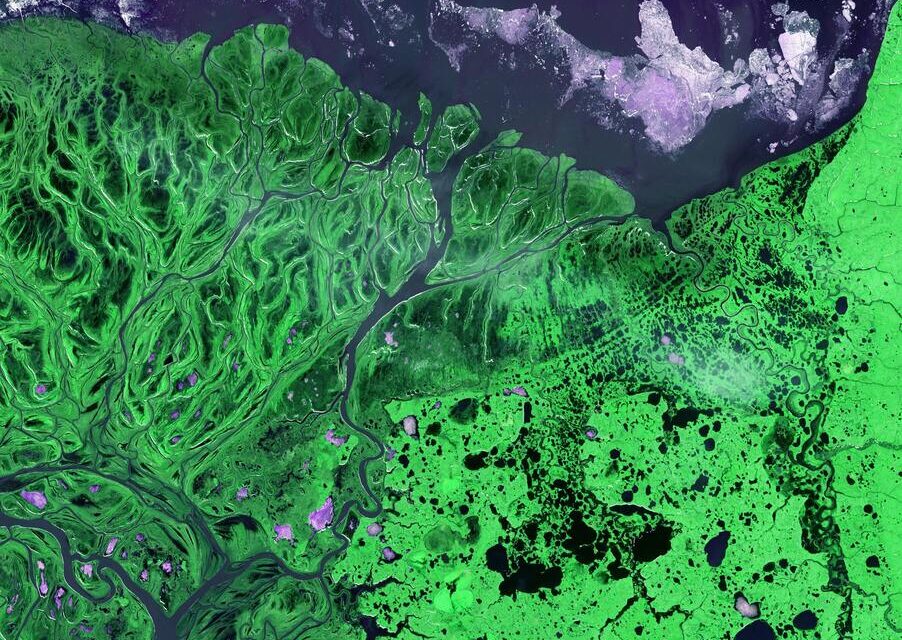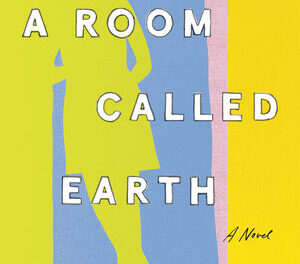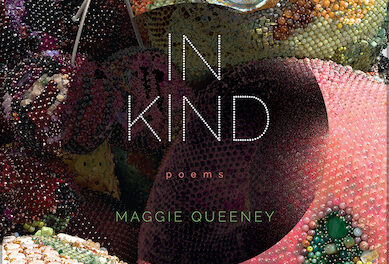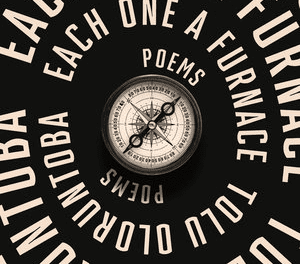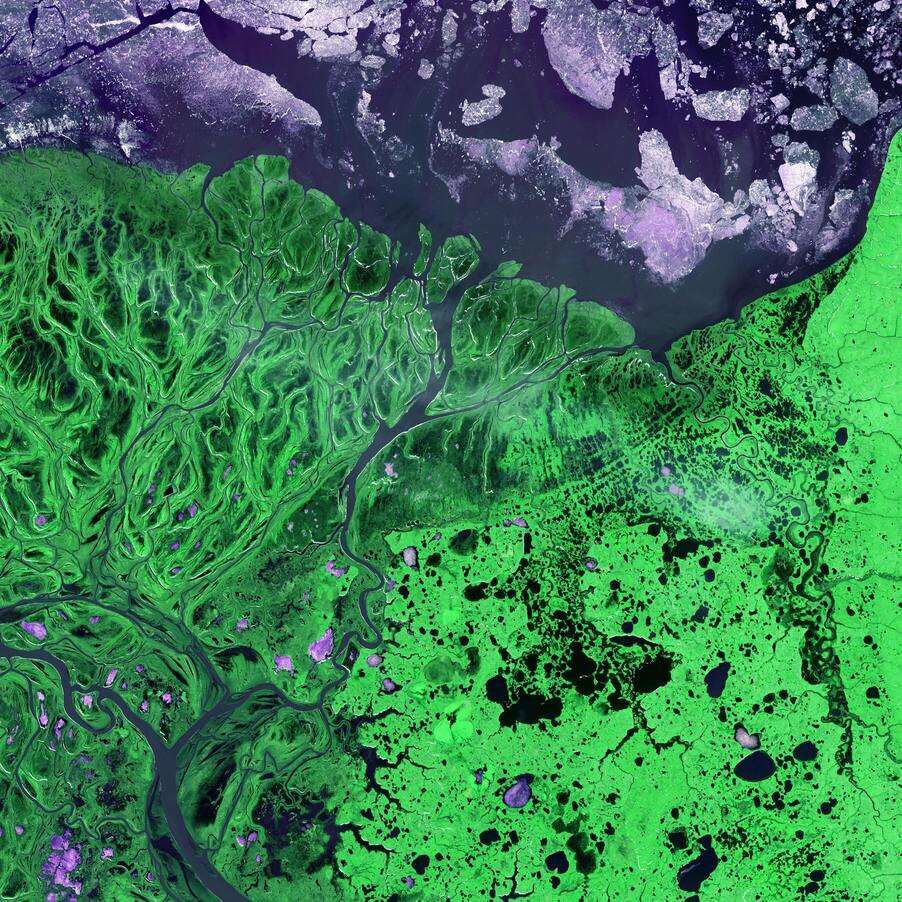
Associate Editor Connor Yeck: Any extended consideration of climate change ultimately deals with imagination. Whether it’s the latest predictive data on greenhouse emissions or the internal, personal worries we carry through our everyday, we arrive at a similar set of questions: What will the near future look like, how will we get there, and how can we change it?
My reading habits have always skewed toward the futuristic. Science fiction in all its forms is my go-to genre, and in recent years, I’ve been drawn deeper into that corner of the speculative world known as climate fiction, or “cli-fi.” It’s a strange and exciting place to be, especially with the conversation changing by the moment, and often getting to stark questions of identity. Is “cli-fi” even the right term for what we’re reading? Where does the genre sit in relation to others? What are its goals, quirks, and tells?
To me, cli-fi represents the very forward edge of future-focused creative writing, and as described by Antonia Mehnert in her introduction to a scholarly anthology on the topic is energetic proof that “climate change is moving to the center of human experience”—a new base condition of imagining the future that any author must seriously consider. Of course, not all cli-fi is set in some far-flung time-to-come (see Barbara Kingslover’s fantastic Flight Behavior), but often the stories that keep me reading into the night are those with an eye on a truly altered tomorrow.
For cli-fi, the future is crushingly close—many times, novels will peer just a few decades ahead, as in Octavia Butler’s Parable of the Sower (written in 1993, set in 2024), or T.C. Boyle’s A Friend of the Earth (2000, 2025). And within these immediate visions, a reader is rewarded with climate change ultimately being given a face. It’s made touchable, breathable, regional, and bodily; an unfolding event that’s near and getting nearer.
Cli-fi takes readers into small pockets of scientific and environmental potential. Am I curious what runaway desertification and drought might look like in the American Southwest? I can read Paolo Bacigalupi’s The Water Knife, where parched states battle over dwindling water rights and the ultrawealthy shelter in gleaming arcologies, or maybe Clare Vaye Watkin’s Gold Fame Citrus, with its ever-gobbling dunes:
Windbreaks were constructed, tree lines were sowed, thousands of truckloads of gravel were dumped. Scrappy Needles—a town of three hundred truck drivers and rock hounds and recovering alcoholics—offered the mightiest fight, or at least the best-documented, stationing Caltrans trucks and the tanker from the county volunteer fire department at the edge of town and continually spraying the advancing sand wall with oil. Still came the dune.
And for climate change’s impact on cities and their fight for adaptation? I might turn to contemporary hard sci-fi champion Kim Stanley Robinson—his Science in the Capital trilogy and New York 2140 offering glimpses of shifting urban landscapes, engineering feats, and the endless politicking needed to spark systemic change.
Personally, I’m fascinated with climate change’s relationship to fossil fuels and energy. Luckily, there’s a whole tradition of “postoil” narratives concerned with disruption, conflict, and innovation centered on a dwindling resource. I especially love Omar El Akkad’s haunting American War, which envisions a Second Civil War brought on by a nationwide ban on fossil fuels and the subsequent secession of southern states. The work is filled with so many surreal revelations of a climate-changed country, encapsulated by its opening line: “The sun broke through a pilgrimage of clouds and cast its unblinking eyes upon the Mississippi Sea.” Here is an America that’s forever changed, both geographically (erased coastlines, new weather patterns, a capital moved inland to Columbus, Ohio); as well as spiritually and culturally (terrorist attacks, patterns of radicalism, and decades of bloodshed that simmer beneath the surface). To make it all even more uncanny, Akkad’s work is littered with fictional documents: maps, interviews, newspaper clippings, textbook excerpts. In turn, we’re presented not only with a possible climate-changed future, but an “historic future” that feels as if it’s already happened.

The works mentioned above run the spectrum in tone, style, and scenario, which is what keeps me coming back to cli-fi as a genre. Despite the monolithic, often daunting topic it tackles, every author finds their own small corner of the future to unpack. I can read stories in the dystopian and apocalyptic traditions that confirm my very worst fears of collapse (see Max Andrew Dubinsky’s bittersweet “Thirst”), or those that showcase humanity’s ability to change course, persist, and overcome.
Likewise, I love plots that consider the realities of scientific innovation and technological possibility—carbon sinks, atmospheric aerosols, photovoltaic vehicles—and those that veer into the nearly fantastic or magical. (If you’re looking for online-accessible anthologies to dip into, I highly recommend those published by Arizona State University’s Center for Science and the Imagination—these include general collections of cli-fi tales such as their Everything Change series, and theme-specific installments, such as Cities of Light and The Weight of Light that examine “solar-powered futures.”)
I often think of when I had the chance to teach a class based on cli-fi and how much I learned from my students about the genre’s potential. The question we kept coming back to was: What are these stories supposed to do, given that they can simultaneously explore hope and doom? How can an author truly warn us without veering into exploitative, melodramatic writing? How can we be shown an optimistic future, without it seeming overly naïve? The answer, naturally, is that there’s no perfect balance. Just as our understanding of climate change shifts by the month and year, so to do these imagined outcomes—each one a momentary visit to a single possible tomorrow, each one asking readers to consider the next story, and the next, and the next.

